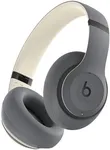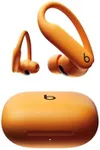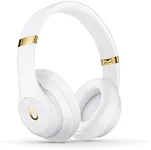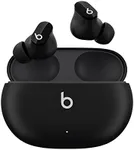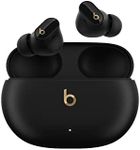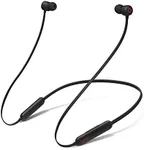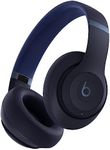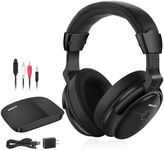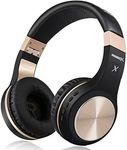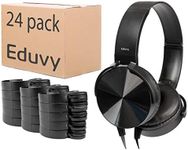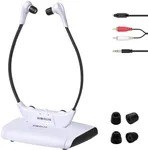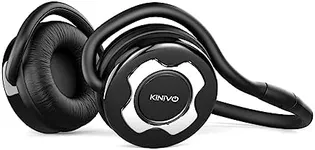Buying Guide for the Best Beats Headphones
Picking the right pair of headphones, especially in the Beats category, can feel overwhelming with all the options available. It's important to focus on how and where you'll use the headphones—listening at home, working out, commuting, or producing music. Think about your comfort, sound preferences, desired features, and how much you move around when listening. These factors will help guide you toward headphones that truly fit your lifestyle and needs.Form Factor (Over-ear vs On-ear vs In-ear)The form factor refers to the shape and the way the headphones sit on your ears. Over-ear headphones cover your entire ear, usually offering the best sound isolation and comfort for long sessions. On-ear headphones rest on your ears and are more compact and portable, but may be less comfortable for longer use. In-ear headphones (or earbuds) fit inside your ear canal and are highly portable, making them great for active use. Consider how and where you'll use your headphones most often—if you need portability and light weight, in-ear or on-ear might suit you. For full, immersive sound while relaxing or working, over-ear may be best.
Sound QualitySound quality is how clearly and richly your headphones play music and other audio. Some headphones emphasize bass for a punchy sound, while others strive for a more balanced output. If you love deep, thumping beats in your tracks, look for headphones known for powerful bass. If you prefer detailed vocals and instruments, choose models praised for clarity. Think about the genres you listen to most—bass lovers might want one sound profile, while fans of classical or podcasts may prefer more even or detailed sound.
Noise CancellationNoise cancellation reduces outside sounds, so you can hear your audio clearly without cranking up the volume. There are two main types: active noise cancellation (ANC), which uses microphones and electronics to cancel noise, and passive, which depends on the headphone's materials and fit. ANC is great for traveling or noisy environments, but may not be necessary if you mainly listen in quiet places. Decide where you'll use your headphones most—if you're often on a plane or in a busy office, noise cancellation can be hugely beneficial. For mostly home use, it might be less important.
Battery LifeBattery life refers to how long your headphones can play music before needing a recharge. Battery life needs vary depending on the form factor; over-ear and on-ear wireless headphones usually offer longer play times than in-ear models. If you plan to use your headphones for long stretches—like full workdays or long trips—look for models with higher battery life. For exercise or quick listening sessions, shorter battery life may be acceptable. Always consider your own routine: do you often forget to charge devices, or do you need many hours of playback between charges?
Comfort and FitComfort and fit matter for how long you can wear your headphones without discomfort. Over-ear headphones usually offer plush padding and adjustable headbands, but can be heavy. On-ear headphones are lighter but may press on your ears after a while. In-ear models depend on the tips creating a good seal—look for several size options or materials like foam for better comfort. If you plan to wear headphones for hours at a time, prioritize comfort by checking for soft cushioning, adjustable parts, and user reviews about wearability for your chosen style.
Wireless Features and ConnectivityMost modern headphones now offer wireless Bluetooth connection. Some add advanced features like seamless pairing with devices or multipoint connections (connecting to more than one device at once). Consider how you'll use your headphones: if you switch between phone and laptop often, multipoint might be useful. Range and stability are also important—if you tend to move far from your device, check for longer Bluetooth range. For those who use wire-free headphones in the gym or while commuting, solid connectivity is key to avoid interruptions.
Controls and Smart FeaturesControls can include touchpads, physical buttons, or voice assistants, making it easier to skip tracks, adjust volume, or take calls without reaching for your phone. Some headphones offer built-in smart assistants for hands-free control or sensors that pause music when you take them off. If you value convenience or use your headphones for calls, consider how simple and accessible these controls are. Think about your habits: do you need easy access to playback controls, or do you want voice assistant integration for quick information or managing tasks?

